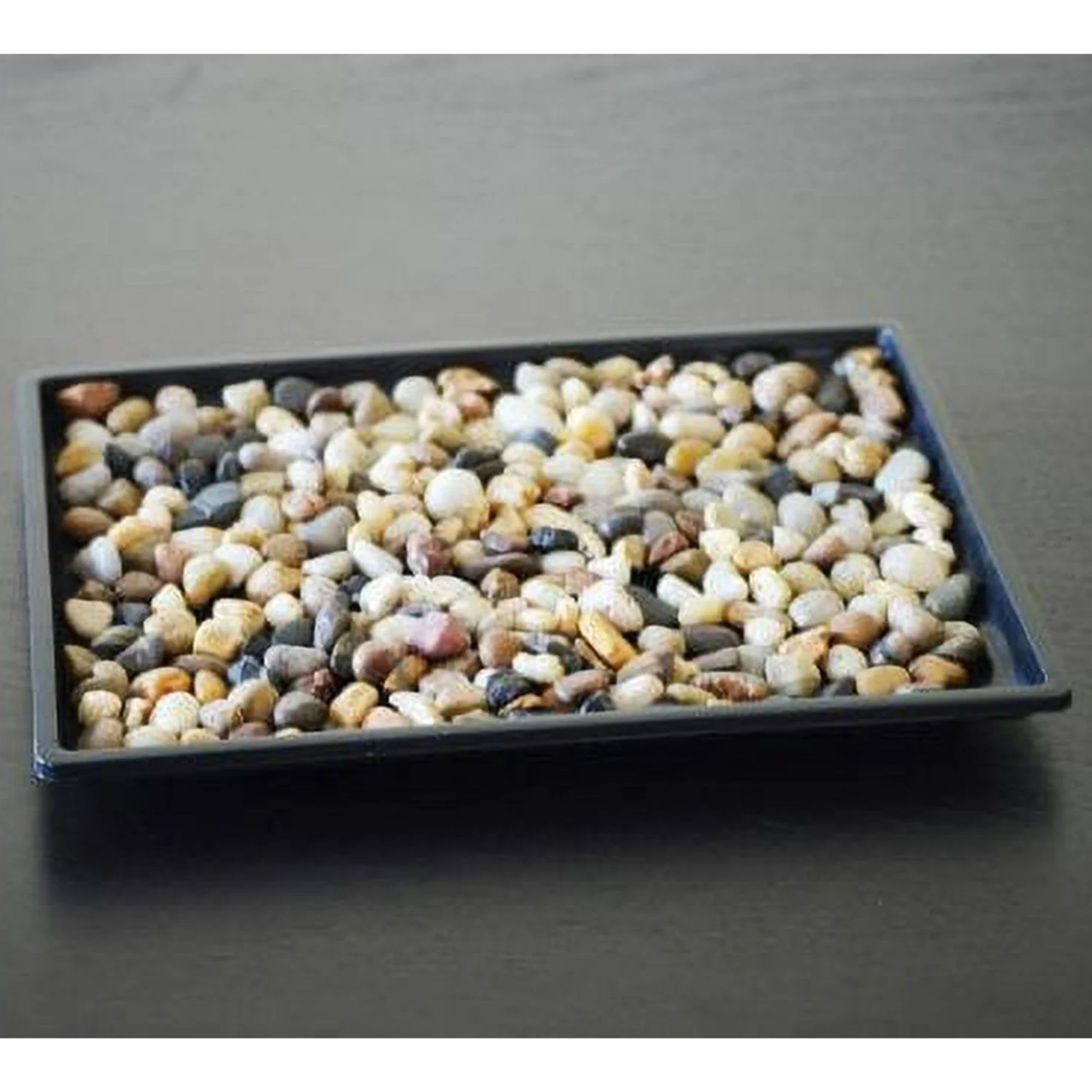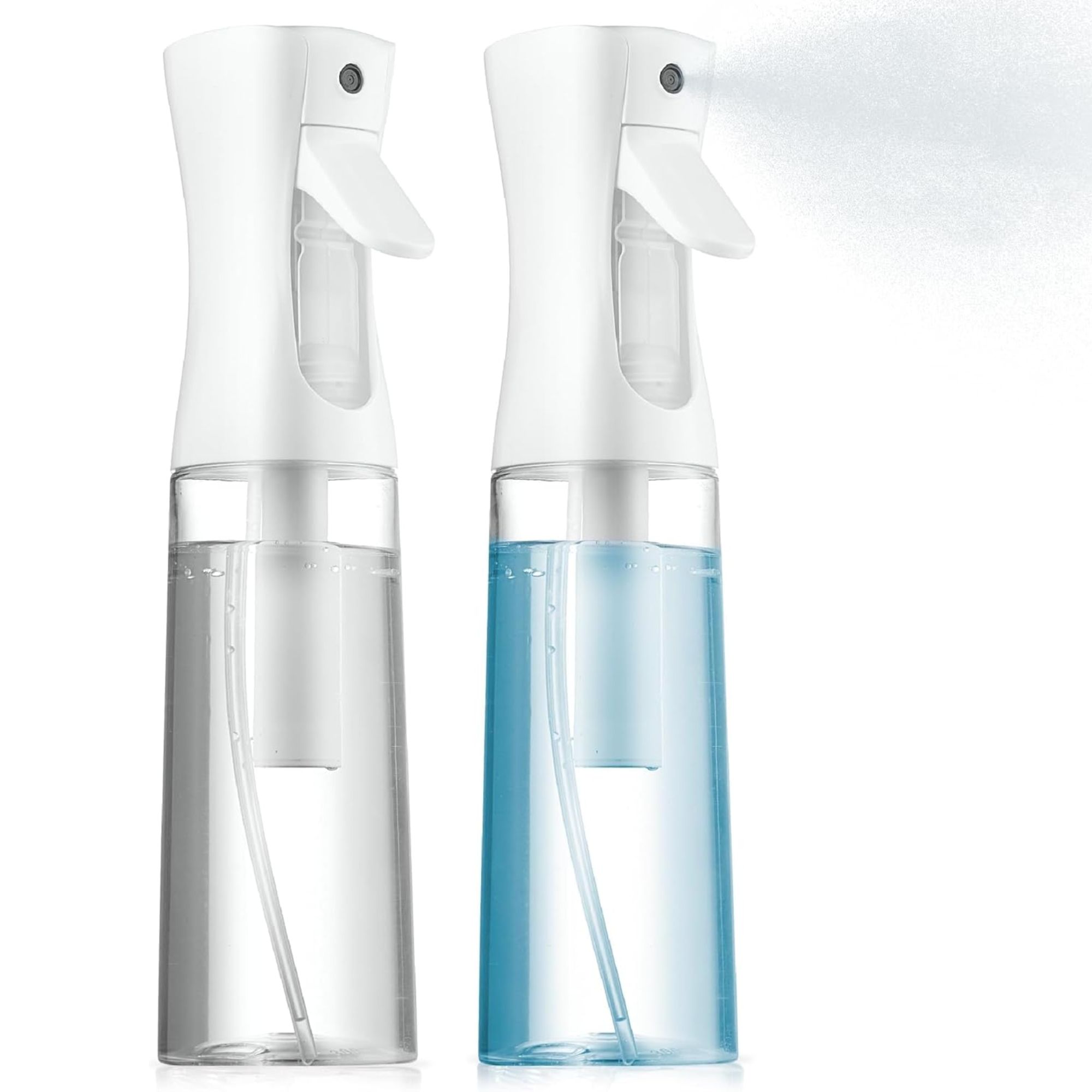How to care for a Christmas cherry – 7 expert steps to keep this festive favorite flourishing
Choose a Christmas cherry for a thriving plant and vibrant berries that will brighten your holiday hosting
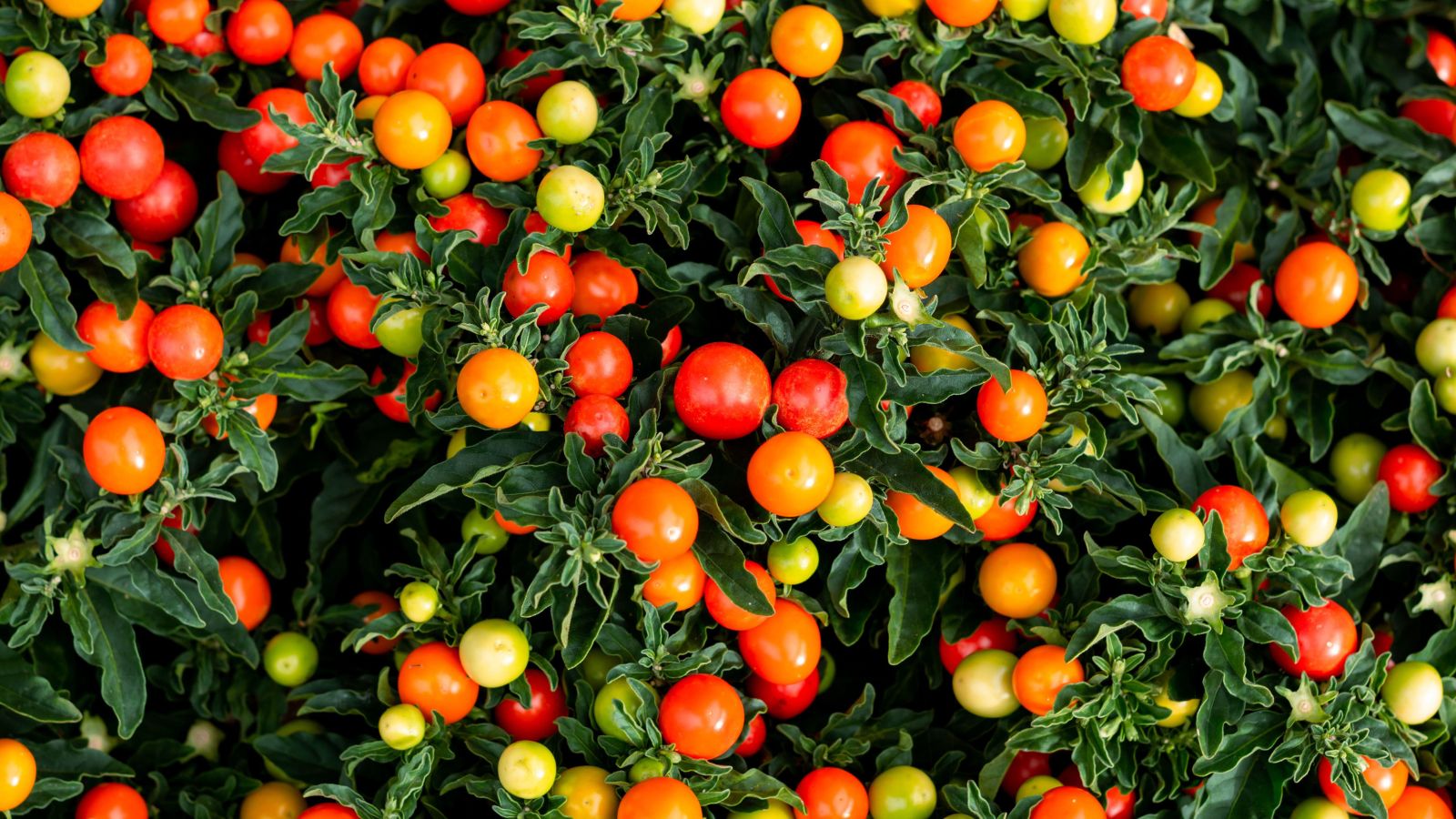
- 1. Position the plant in bright, indirect light
- 2. Water carefully and ensure good drainage
- 3. Keep humidity levels high
- 4. Maintain a temperature of 60–75°F and avoid drafts
- 5. Feed with a balanced fertilizer during the growing season
- 6. Prune regularly for a bushy shape
- 7. Regularly inspect for pests

Christmas cherry plant (Solanum pseudocapsicum) is native to South America, and grows in bright conditions and warm environments.
Also known as winter cherry, it’s easy to see why this vibrant, fruiting annual – boasting striking red, yellow, or orange berries – has become a popular Christmas plant.
A standout Christmas cactus alternative, the Christmas cherry is a unique addition to any holiday decor, and with the right care, it can remain a staple of your seasonal collection year after year. We spoke to experts who shared tips on how to care for this festive favorite.
1. Position the plant in bright, indirect light
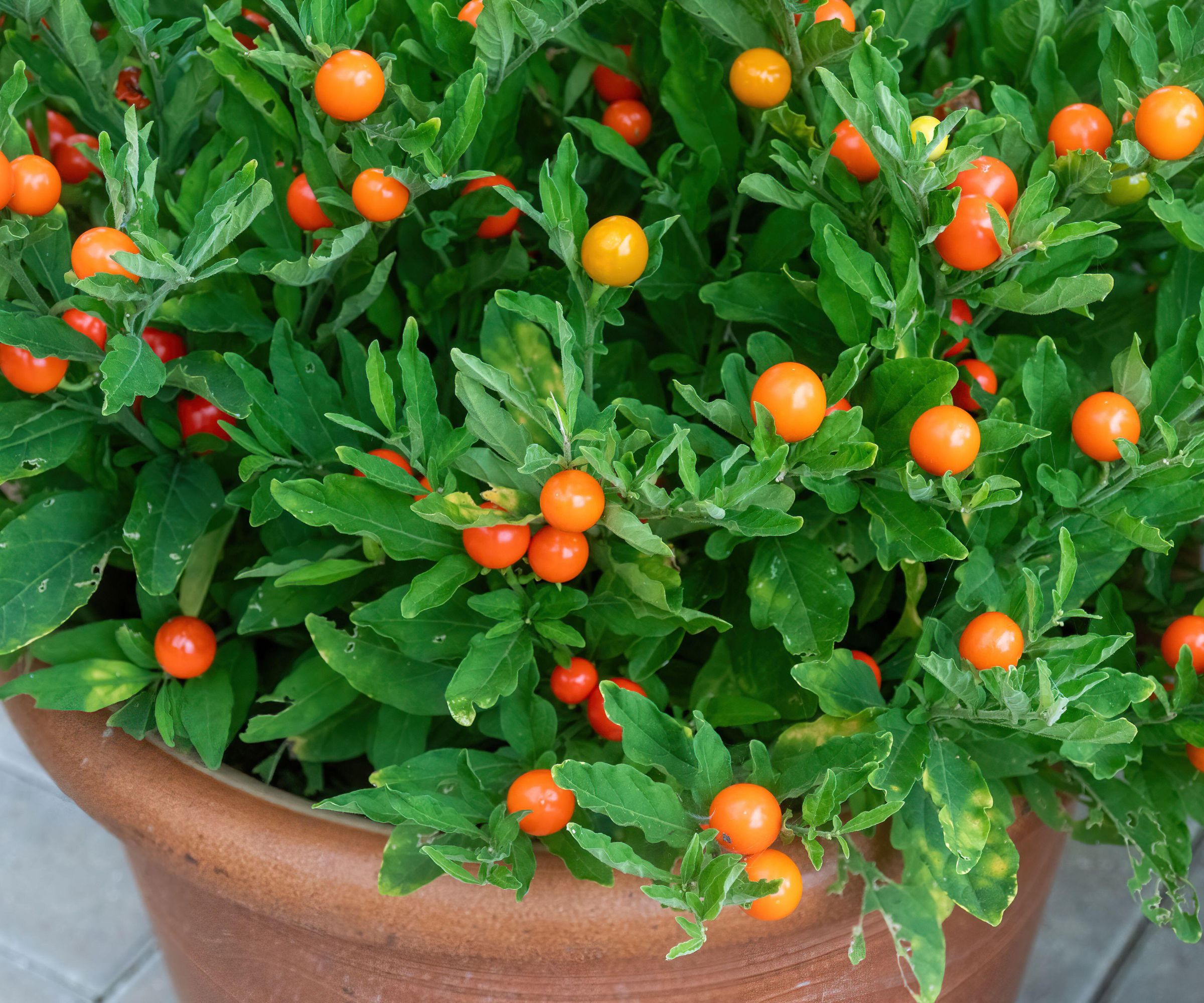
Christmas cherry plants thrive in bright, indirect light, which is essential for healthy growth and vibrant berry production.
As John Haryasz, horticulture writer and designer at Privacy Shrubs explains, 'Excessive direct light could dry out the leaves, and growth or berries will not happen in low light.'
While these plants are fond of light, too much direct sunlight can scorch their delicate leaves and cause the berries to shed.
Filtered or diffused light near a south-facing window is ideal. Placing them in a sunny spot with curtains or light protection film for windows, available at Amazon, shields the leaves from the harsh midday sun, preventing scorching while still providing the brightness they thrive on.
2. Water carefully and ensure good drainage
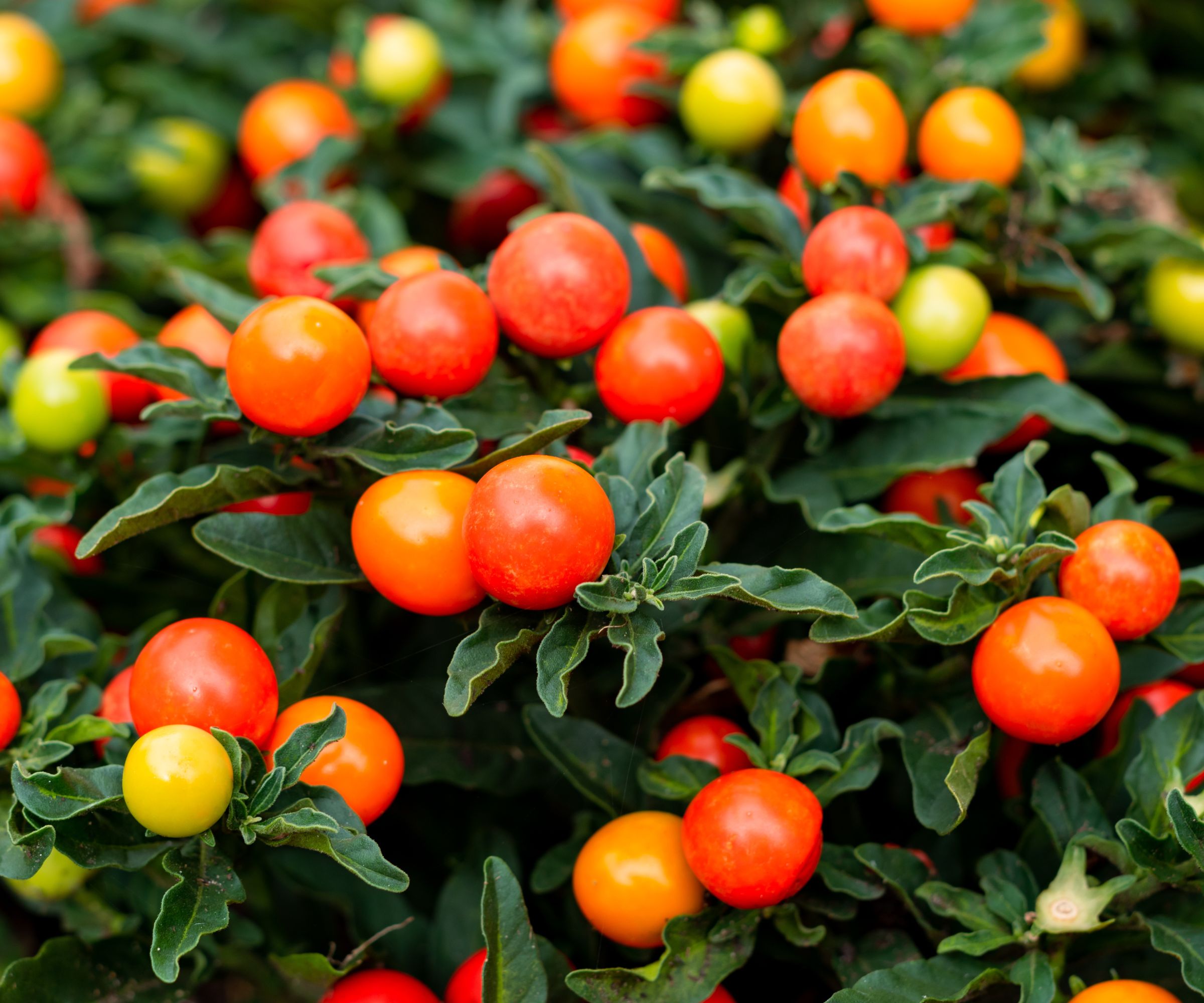
Water your Christmas cherry plant when the top inch of soil feels dry to the touch or when you spot the signs it needs watering. These include drooping or curled leaves, crispy leaves, soil that has shrunk away from the edge of the pot.
'Generally, this means watering once a week during the growing season, but the frequency may vary based on factors like temperature, humidity, and the size of the pot,' explains Kaushikan Ganesan, horticulturist and owner of Splendid Landscape.
During the plant’s dormant period in late fall and winter, reduce watering to once every two weeks or as needed to keep the soil lightly moist.
Christmas cherry plants are prone to root rot if the soil remains soggy, so it's important to avoid overwatering and ensure proper drainage. Choosing well-draining soil and housing the plant in a pot with proper drainage – such as this Purnell terracotta pot with drainage holes, available at Wayfair – can help to prevent water from sitting at the bottom.
The ideal potting mix for a cherry tree is a well-drained, nutrient-rich loamy soil with a slightly acidic pH between 6.0 and 7.0. This provides the perfect balance of moisture retention, aeration, and essential nutrients for healthy growth. We recommend this Wonder Soil organic potting mix from Amazon.

Kaushikan Ganesan is the owner of Splendid Landscape and a dedicated horticulturist. His skills span plant identification, environmental education, gardening, sustainability, and agriculture, all backed by a strong academic foundation – Bachelor’s Degree in environmental horticulture. His passion lies in creating thriving, sustainable landscapes that harmonize nature and design, fostering environments where both plants and people can flourish.
3. Keep humidity levels high
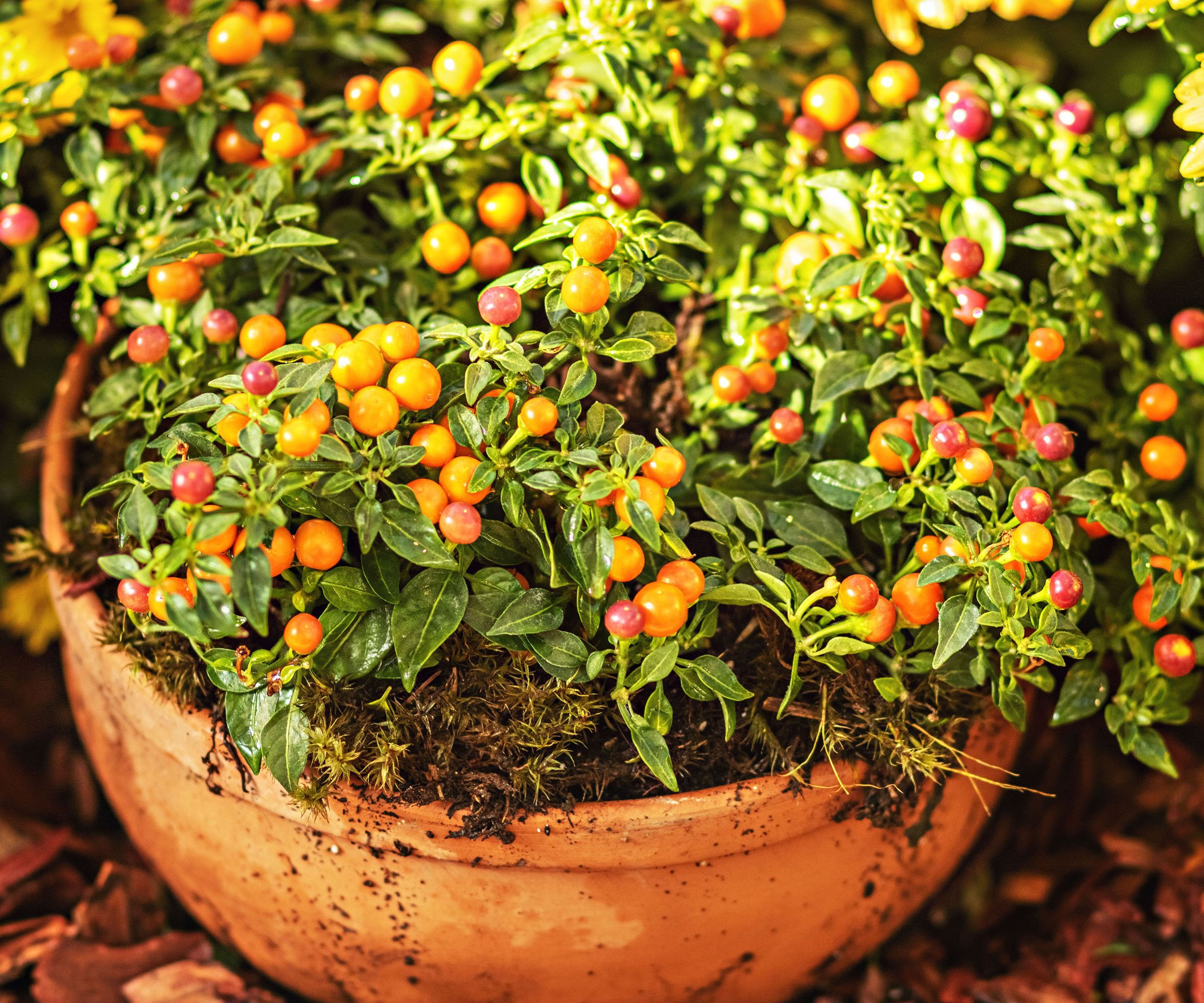
'Christmas cherries thrive in warm, humid conditions, as they originate from subtropical regions,' explains Kaushikan Ganesan. To replicate their natural environment, it's important to maintain moderate to higher humidity levels around the plant, around 50% to 60%.
If the air is too dry, especially in winter, you should increase the humidity around the plant – misting the leaves, placing a humidity tray nearby, or using a humidifier can all increase humidity for indoor plants. This will prevent the leaves from drying out and help maintain the plant's health.

Equipped with precision humidity control and a real-time humidity indicator, this humidifier makes it easy to monitor and maintain the ideal humidity levels for healthy growth.
4. Maintain a temperature of 60–75°F and avoid drafts

Originating from USDA zones 8 and 9, Christmas cherry plants thrive at temperatures between 61–77°F.
Avoid placing your Christmas cherry plant in areas with drafts or sudden temperature changes, as these can stress the plant. Mathew Wilson, horticulturist and CEO of Handy Gardeners advises, 'Keep it away from cold drafts, heating vents, or radiators, as these fluctuating conditions can negatively impact its health.
'Maintaining a stable and favorable temperature will encourage optimal growth, helping your Christmas cherry thrive and produce vibrant, colorful berries, even during the winter months.’

Matthew Wilson, CEO of Handy Gardeners, leads the company with a passion for landscaping and environmental sustainability. Under his guidance, Handy Gardeners has become a trusted name in the industry, providing top-notch gardening and landscaping services.
5. Feed with a balanced fertilizer during the growing season
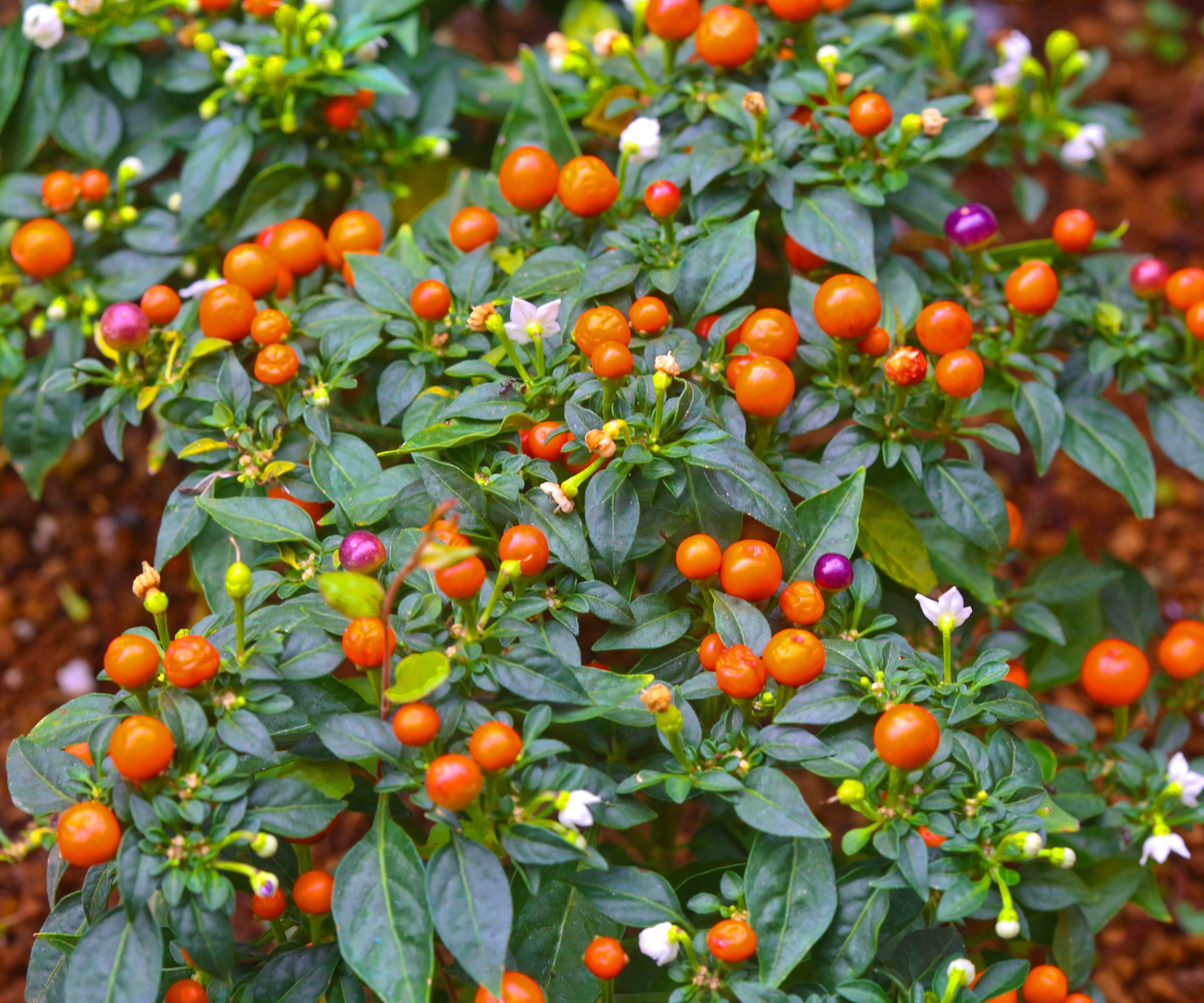
Fertilizing your Christmas cherry plant is an important part of keeping it healthy and thriving. 'During the growing season, from spring to early fall, it’s beneficial to feed your plant with a balanced, water-soluble fertilizer to encourage strong growth and vibrant berries,' says John Haryasz.
Choose a fertilizer with a balanced N-P-K ratio, such as this The Andersons PGF balanced 10-10-10 fertilizer from Walmart, to ensure your plant receives the essential nutrients it needs. Be sure to dilute the fertilizer with water to half strength to avoid overfertilizing the plant, which could harm it.
John adds, 'After that, the feed should be stopped until the active growth period starts again.’ During the winter months, when the plant is dormant, it's important to refrain from fertilizing as it doesn’t actively grow during this time.
While not an essential step, regular, careful fertilizing during the active growing season will help your Christmas cherry produce beautiful, colorful berries and maintain its health year after year.
6. Prune regularly for a bushy shape
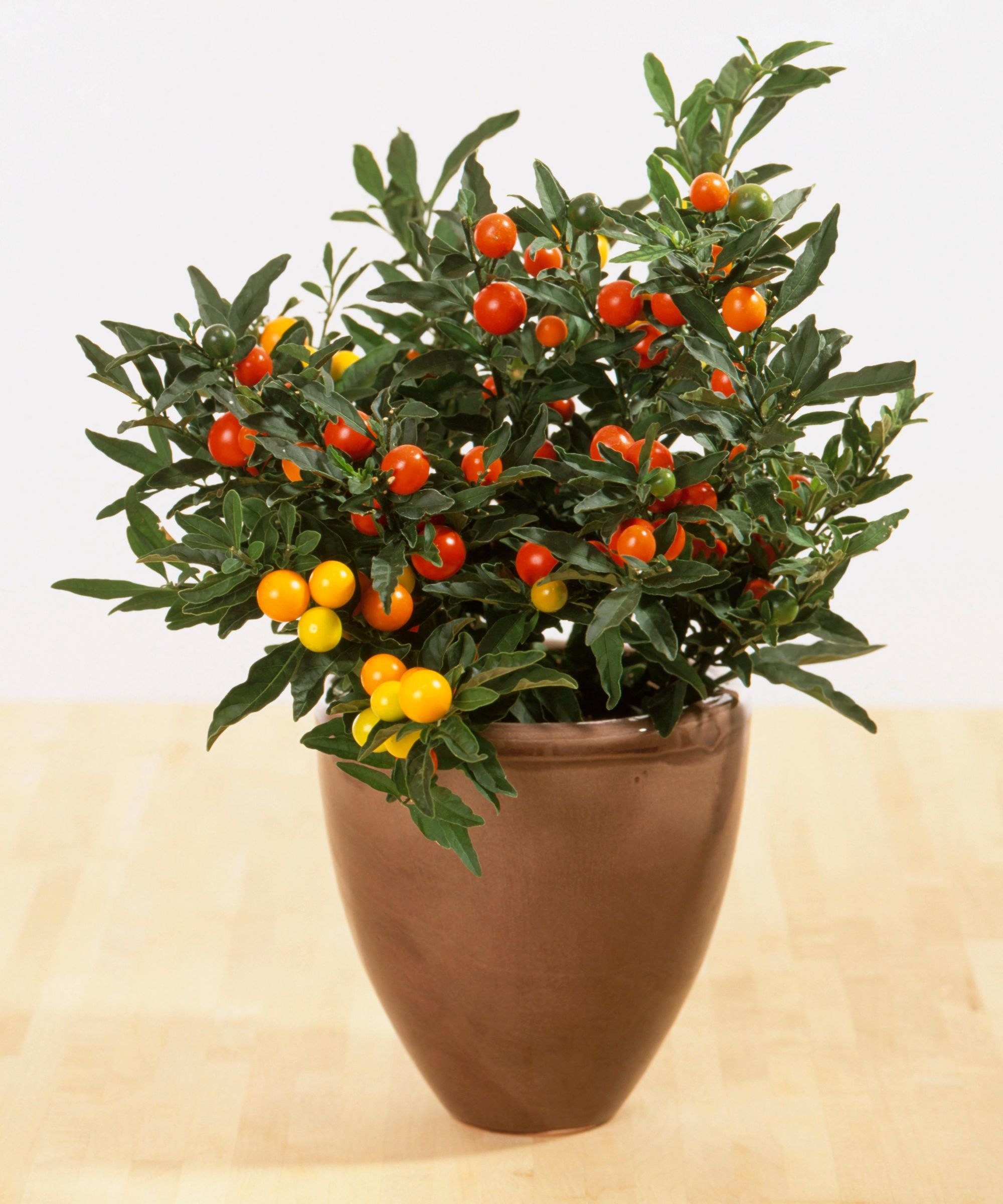
‘Christmas cherries, like many plants, are best trained to become bushier rather than allowing their stems to grow thin and tall,' explains John Haryasz.
'Frequent pinch-backs can be done depending on how full you’d like the plant to appear.’
To prune your Christmas cherry effectively, start by removing yellowing leaves and aged or damaged fruit. This will encourage healthy new growth.
Always use clean, sharp pruning shears to make precise cuts without damaging the plant. For a reliable option, consider these Fiskars Bypass pruning shears, available at Amazon.
7. Regularly inspect for pests
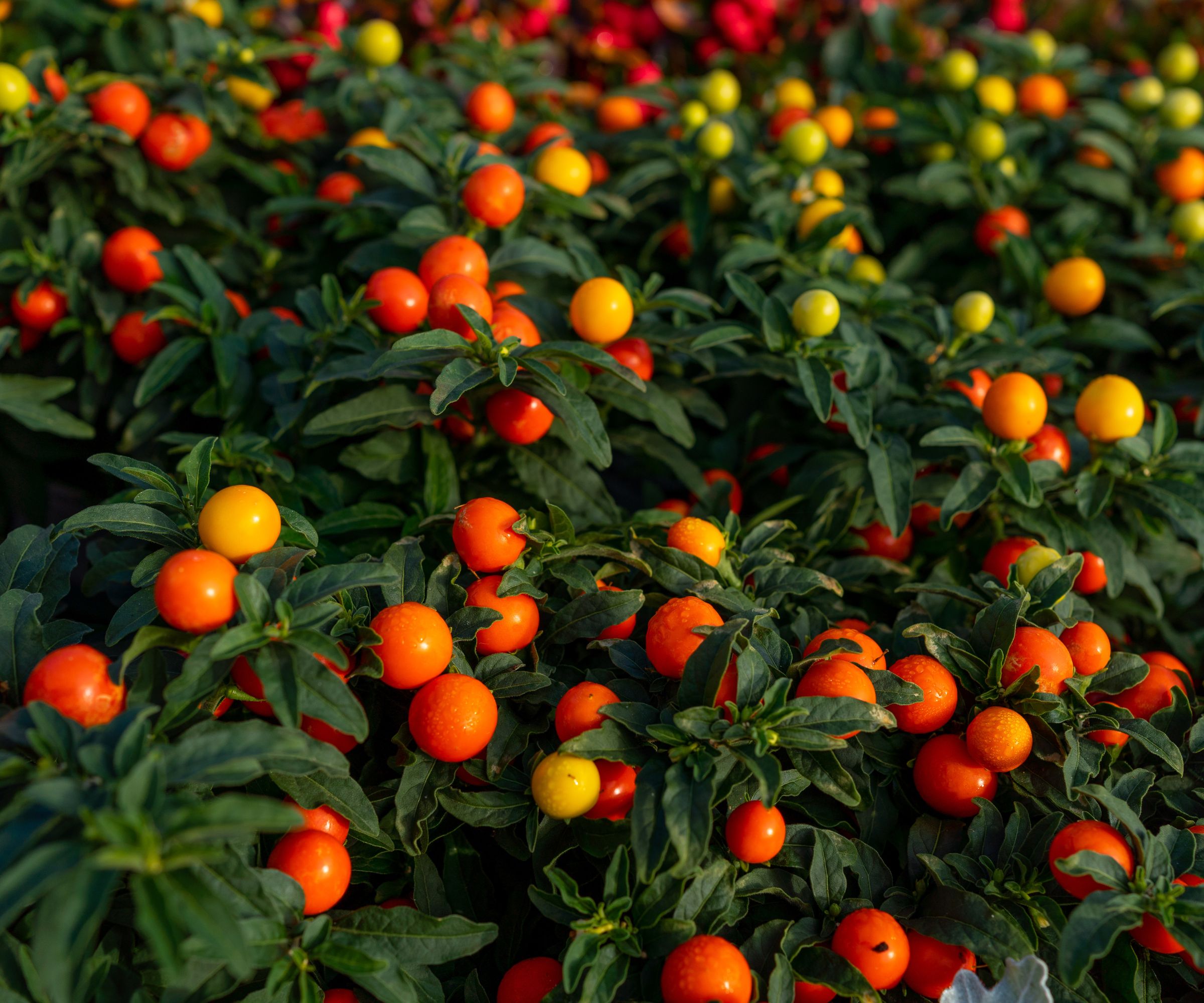
Pests such as aphids, whiteflies, and spider mites can be attracted to Christmas cherry plants, posing a threat to their health.
Regularly inspect the plant, especially the undersides of leaves, for any signs of infestation.
As soon as you spot any pests or signs of their presence, you can treat the plant with a gentle spray of insecticidal soap or use neem oil on plants to tackle pests.
Remember, while Christmas cherries may look harmless it's important to remember that the berries are are poisonous when ingested, so keep them away from children and pets.
If you're shopping for an alternative gift ideas for the holidays, consider pairing a Christmas cherry plant with a festive pot, such as these white Christmas planters from Wayfair, or including care essentials like a stylish watering can or neem oil for pest control, at Amazon.
Sign up to the Homes & Gardens newsletter
Design expertise in your inbox – from inspiring decorating ideas and beautiful celebrity homes to practical gardening advice and shopping round-ups.

Lola Houlton is a news writer for Homes & Gardens. She has been writing content for Future PLC for the past six years, in particular Homes & Gardens, Real Homes and GardeningEtc. She writes on a broad range of subjects, including practical household advice, recipe articles, and product reviews, working closely with experts in their fields to cover everything from heating to home organization through to house plants. Lola is a graduate, who completed her degree in Psychology at the University of Sussex. She has also spent some time working at the BBC.
-
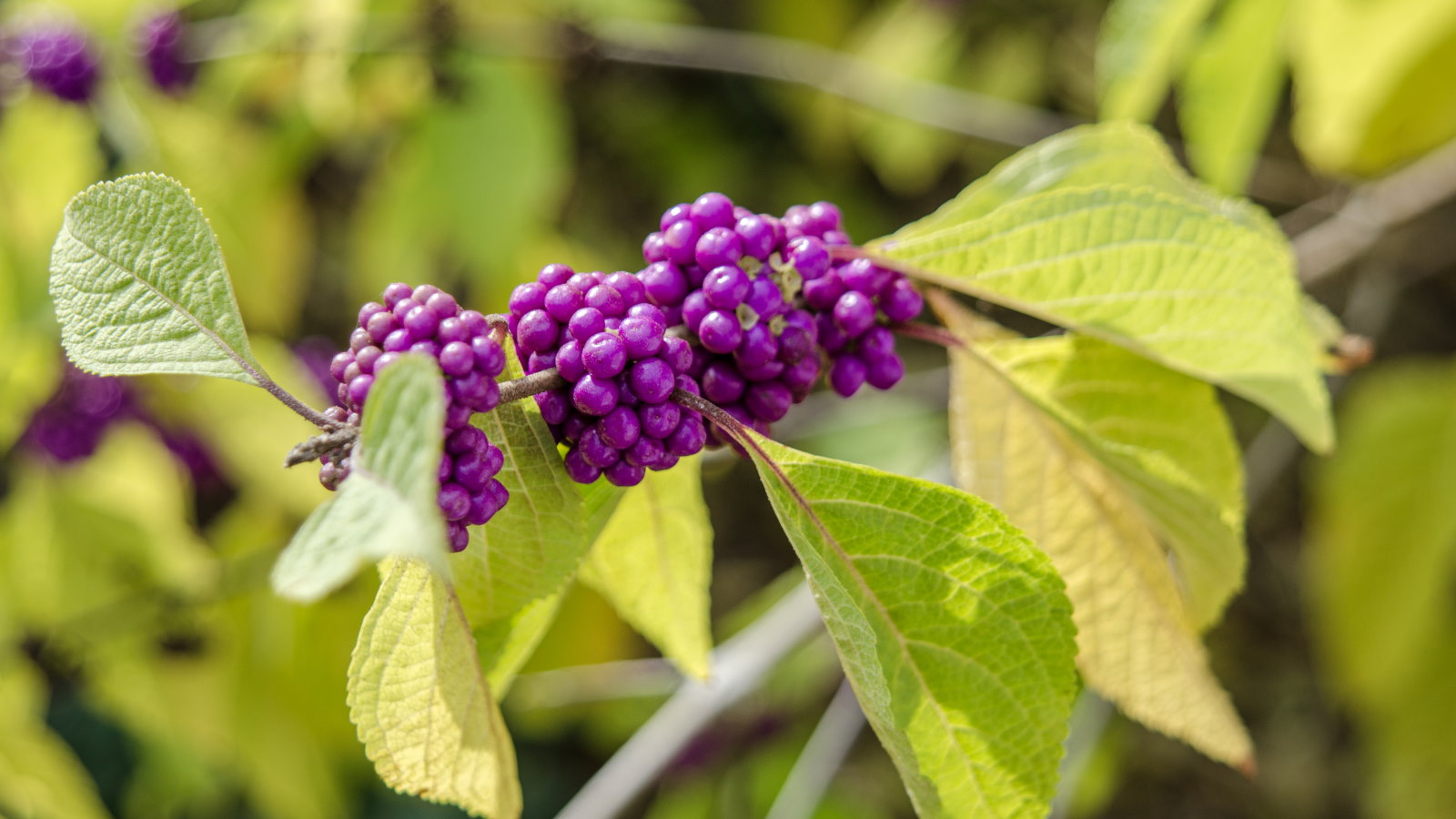 April is the ideal time to prune beautyberry shrubs – for a stunning display of vibrant berries this fall
April is the ideal time to prune beautyberry shrubs – for a stunning display of vibrant berries this fallWhether you choose to trim gently or hard prune, cutting back in spring promotes healthy and productive growth
By Drew Swainston
-
 This kitchen has been transformed from cramped and outdated to warm and welcoming – and it's all thanks to a few thoughtful Japandi-style features
This kitchen has been transformed from cramped and outdated to warm and welcoming – and it's all thanks to a few thoughtful Japandi-style featuresWarm wood tones, textural designs, and considered contrast are key to this beautiful transformation
By Molly Malsom
